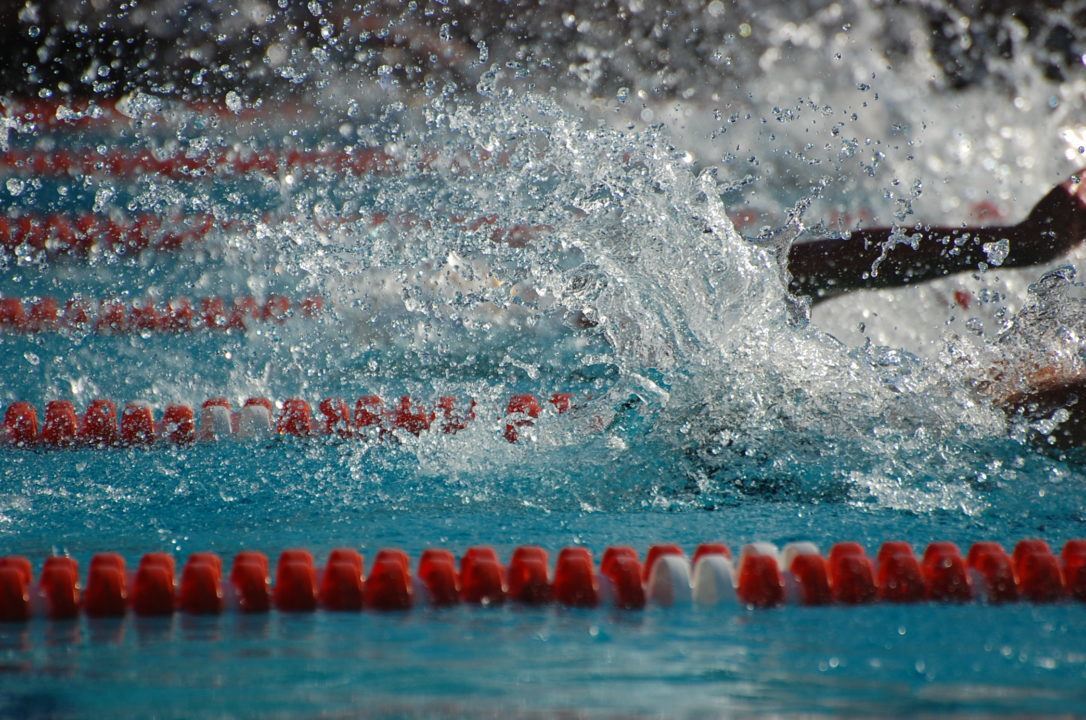Although shallow water blackout, or loss of consciousness due to prolonged breath holding in a pool or shallow body of water, is typically associated with young children and age group swimmers, the unfortunate scenario can happen to anyone of any age.
On March 24th, 39-year-old Gabriel Crowther was pulled from the Kearns Oquirrh Park Fitness Center, in Kearns, Utah, unable to regain consciousness after lifeguard-performed CPR. According to the on-site lifeguards, Crowther went beneath the surface before 9am, but failed to come up. After a police investigation, the Ledger-Enquirer reports that it was concluded Crowther had died when he ‘lost consciousness while practicing holding his breath for an extended period of time,’, a ‘skill’ the swimmer reportedly often practiced.
As a refresher, when the victim’s medical history is irrelevant, blackouts occur due to prior hyperventilation, followed immediately by rapid, repetitive breath-holding. Hyperventilation can be voluntary, meaning that the swimmer deliberately breathes deeper and more rapidly than normal – for example, in order to be able to hold his or her breath longer – or involuntary, such as when a swimmer deeply over breathes to recover from a set.
Hyperventilation decreases the amount of carbon dioxide in the blood, which then decreases the urge to surface and breathe to get rid of it, according to the CDC. When one loses consciousness form holding one’s breath, the body’s immediate response is to inhale. Since you’re underwater, you end up inhaling water.
You can read more about breath-holding dangers directly on the CDC site here.
